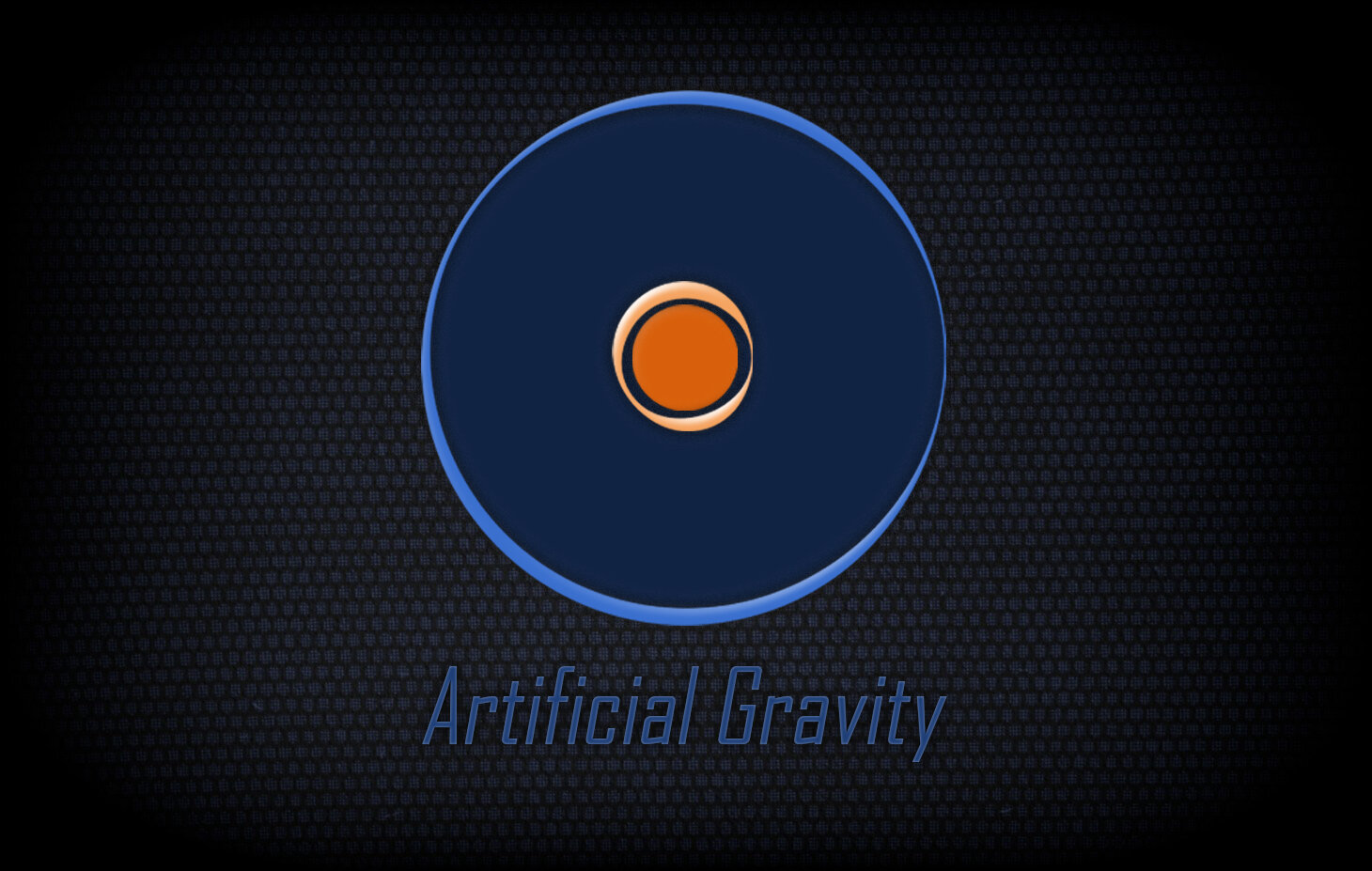Artificial Gravity
Long considered the realm of science fiction, the ability to manipulate gravity would gain traction following the confirmation of the existence of the graviton, and eventually, the antigraviton.
Given the dangers of long term exposure to zero-g environments, the Republic's initial efforts to exploit this discovery involved the graviton. Within a few decades, scientists had discovered the means for manipulating the elemental particle, and created the framework for transferring gravitons to a source material through powerful electromagnetic fields.
This would enable the Republic to change the gravitic force associated with a particular object, giving it the gravitational pull of an object with much larger mass. This would allow for the construction of rudimentary gravitational plating, which would line the crew accessible portions of starships. In time, this would be further refined, allowing Umbrians to control gravitational fields in minute detail, though the power consumption required remained heavy.
It was during this time that the graviton's partner particle, the anti-graviton, was discovered. Using the base knowledge gained in their work on artificial gravity, it was determined that unlike magnetic fields, where opposite poles attract one another, anti-gravitons and gravitons repel one another.
In sufficient quantities this force is significant enough to lift people, heavy machinery, and even starships. These advances would also lead to the development of the repeller-pulse drive, a device which created a controllable anti-gravitational field. The repeller-pulse field acted in a similar manner to a mag-lev system, but without the need for magnetic fields to operate, allowing it to hover over and traverse any body with a sufficient gravitational pull.
Although the repeller-pulse drive is expensive, it has steadily seen increased use throughout the Republic. The Umbrian Republic Navy's warships use such devices to allow large capital ships to enter planetary atmospheres without the need for rockets or other assistive propulsion methods, and these devices have become small enough to fit in Umbria's fleets of publicly available aircars.
